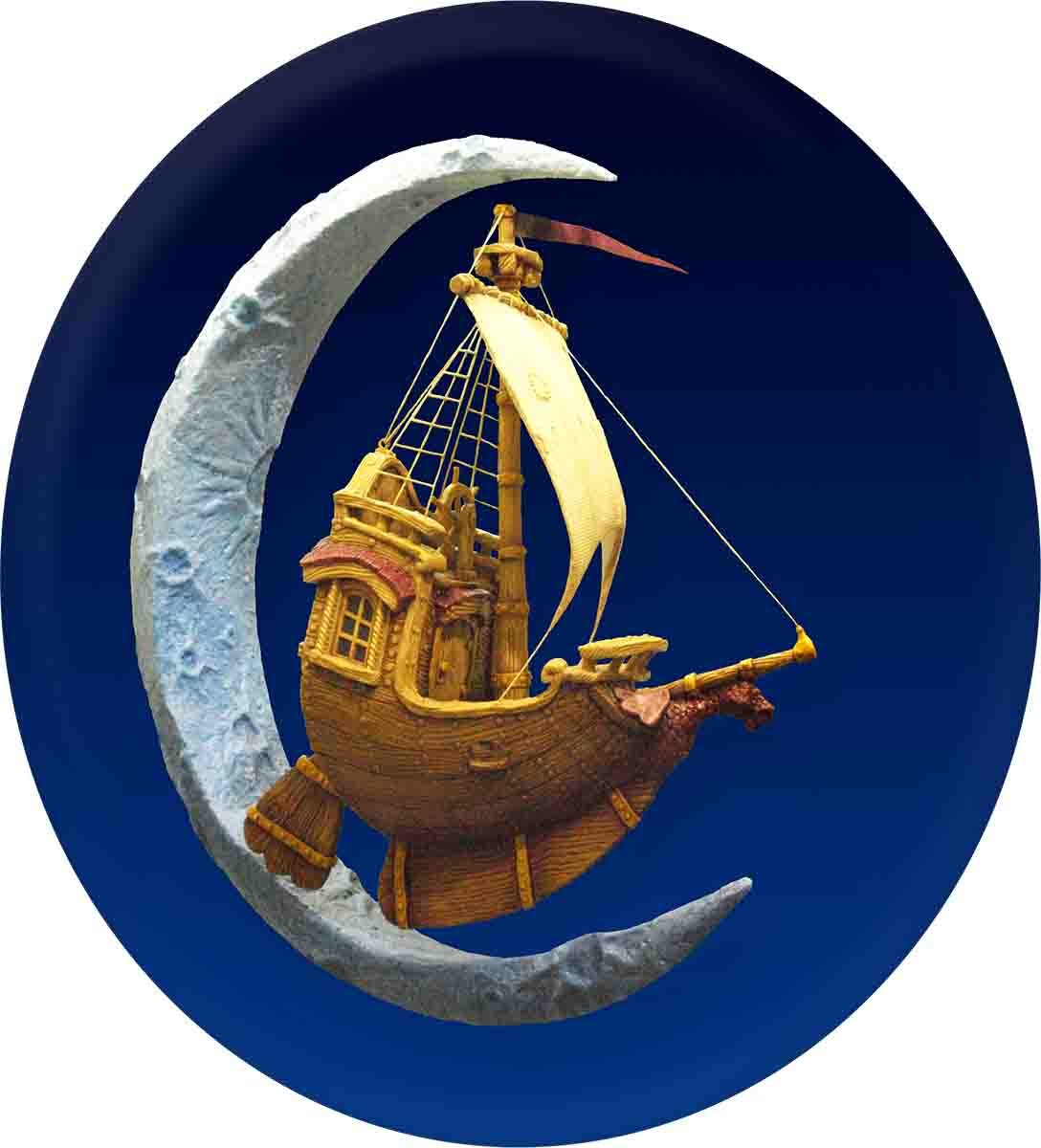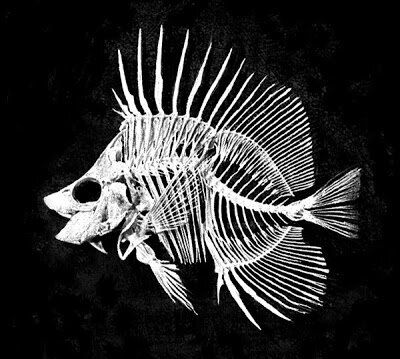When building a file in EnRoute, the first step is to imagine what you want to build... then work backwards from that point. Basically, you want to deconstruct the project, breaking it down into manageable pieces, keeping in mind the material thickness you am working with as well as the size and length of your router bits.
In this particular case we designed the compass star so we could route it with a 3/8" ball nose bit. This kept the run time pretty short.
For the sign’s lettering we required a smaller bit size. We designed the ring separately and tool-pathed this piece with a 1/8" ball nose bit. Both pieces were routed from 30 lbs. Precision Board HDU and were run at 300 inches per minute.
As soon as the compass star was off the CNC router we glued the two halves back to back on a metal frame. We used a die grinder to cut some grooves in the back to accommodate the 1/2" steel bars which give the sign some strength. The next day we glued on the rings and lettering.









